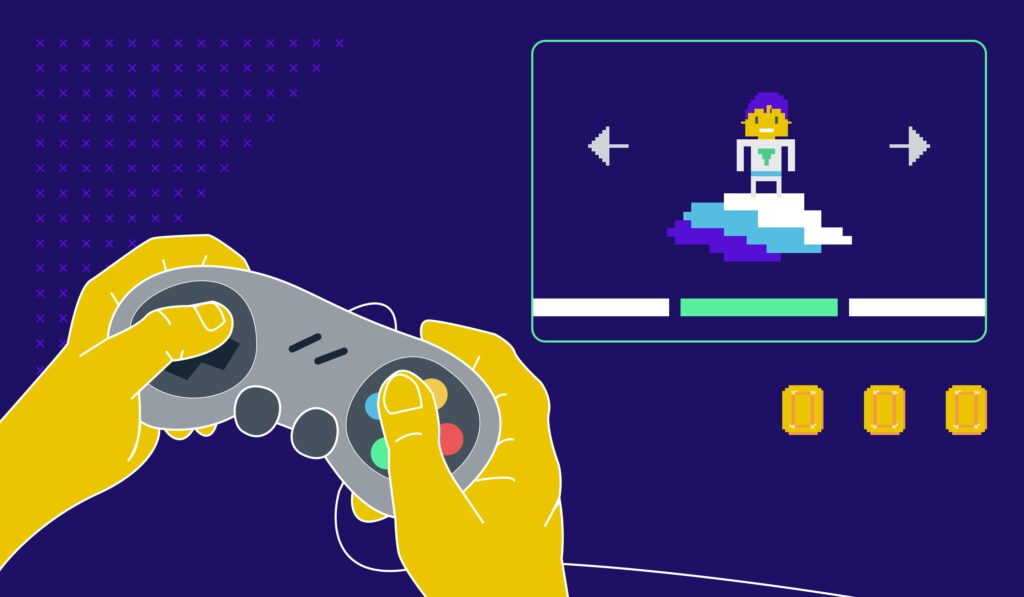Good user interface (UI) design can make a game more intuitive to play, while poor UI can lead to frustration and confusion. UI design is a crucial aspect of game development that defines how players interact with the game, from the layout of menus and buttons to the presentation of in-game information. The key principles of UI design in games include understanding the target audience, maintaining consistency, keeping the UI simple and functional, providing feedback, testing with real users, and ensuring accessibility. By following these principles, developers can create a seamless and enjoyable gaming experience for all.
From Button to Gameplay: The Key Principles of User Interface Design in Games
User interface design (UI) is a crucial aspect of game development that defines how players interact with the game. It encompasses everything from the layout of menus and buttons to the presentation of in-game information. Good UI design can make a game more intuitive to play, while poor UI can lead to frustration and confusion. In this article, we will explore the key principles of UI design in games and how they contribute to the overall gaming experience.
Understanding the User
Before designing a game UI, it’s important to understand the target audience. Factors like age, gender, and gaming experience can all affect how players interact with the game. For example, a mobile game targeted at young children may have larger buttons and a simpler layout than a complex strategy game aimed at experienced gamers.
Consistency
Consistency in UI design is important for creating a seamless gaming experience. From buttons and icons to fonts and colors, consistency should be maintained throughout the game. This not only makes the game look more polished, but it also helps players quickly understand how the UI works.
Simplicity
Less is often more when it comes to UI design in games. A cluttered interface can be overwhelming for players and make it difficult to find the information they need. Keeping the UI simple and streamlined helps players focus on the gameplay itself.
Functionality
The UI should be designed to facilitate gameplay and provide the necessary information to players. Important game elements like health bars, inventory, and score should be prominently displayed and easy to access. Buttons should also be placed in logical areas, making it easy for players to execute the actions they want.
Feedback
Feedback is crucial in game UI design, both in terms of visual and audio cues. When a player presses a button, they should receive immediate feedback that their action has been registered. This can be achieved through animations, sound effects, or vibration feedback on mobile devices.
User Testing
Testing the UI with real users is an important part of the development process. This helps identify any usability issues or confusion that players may experience. Developers can use this feedback to make improvements to the UI and make the gaming experience more intuitive and enjoyable for players.
Accessibility
Accessibility is important in UI design for games, as it ensures that all players can enjoy the game regardless of their physical abilities. This includes features like colorblind mode, text size options, and keyboard support for PC games.
Conclusion
In conclusion, UI design is a crucial part of game development that can make or break the player’s experience. By understanding the target audience, maintaining consistency, keeping the UI simple and functional, providing feedback, and testing with real users, developers can create a seamless and enjoyable gaming experience for all.
